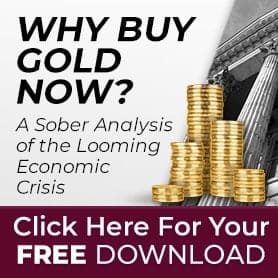Stagflation
Nobody realized just how bad the economy is, but they’re about to find out. All of the economic data that came out this week points to stagflation, if you look at the data. Look at the Philly Fed – dropped down to 19. It is the biggest drop in 4 years; the lowest since the election. Look at the manufacturing PMI – those numbers came out yesterday – dropped to a 7-month low, the lowest since November 2017. If you look at the actual numbers – new orders fell sharply but input cost rose to their highest since September 2013. So you have rising input costs, yo have falling orders; to me this is all stagflation.
The Fed’s Stress Test was too Easy
As I pointed out, even Alan Greenspan, not too long ago on CNBC talking about stagflation. He can see it. But you know who can’t see stagflation? anyone at the Federal Reserve. The Federal Reserve announced the results of their stress tests, and surprise, surprise! Everybody passed. So the Federal Reserve designed tests to measure the banks that they regulate would perform under adverse economic scenarios. First of all, if a teacher gives a test, and everybody gets an A, then the test was too easy. Clearly the Federal Reserve designed this test so that everybody would pass, which of course, is why the test means nothing. Obviously they don’t want to announce that the banking system is not sound, so they want to run these bogus stress tests to create a false sense of confidence in the banking system.
Look at the Fed’s Assumptions
I want to actually look at the stress test. You really can’t tell anything unless you look at the assumptions. What type of stress is the Federal Reserve assuming the economy might encounter? First of all, you have the most likely scenario they assume – their base case. Their base case scenario, which is their forecast is that everything is great. The economy continues to grow 2 – 2.5%/year – a little bit more this year but then it slows down. Inflation stays right at 2%, interest rates stay about where they are, unemployment goes a little bit lower – everything is great, right? Now, their adverse scenario goes as follows: the U.S. has a mild recession, and during that mild recession the Federal Reserve is able to lower interest rates down to about zero again. The yield on the 10-year falls to about .75%, so 10-year yields fall below 1%; Inflation falls; they don’t say how low but it falls below 2%, unemployment rises and peaks at 7%. This is their adverse scenario. Interest rates go back down to zero. That doesn’t sound that horrible. Inflation goes down – what is so horrible about lower inflation? This is not that bad.
The Elephant in the Room is Stagflation
But then, you’ve got to look at their extreme. In that scenario, we have a bigger recession, and according to the Federal Reserve, there is a global aversion to buying government debt, like bonds. So because of that aversion, the yield on the 10-year doesn’t fall to .75% the way it does under the adverse scenario, it stays where it is – right around 3%. So because interest rates do not fall, there is a bigger decline in asset prices – I think they have a 65% decline in stock prices, a 30% decline in real estate prices, unemployment rises to 10%, and inflation falls to 1%. I can’t help but laugh at this severely adverse scenario, where inflation is only 1% and the Fed is able, again to lower interest rates down to zero. What is the Fed missing? The elephant in the room: stagflation.
The 2008 Financial Crisis Was Not Even Close to the Worst Case Scenario
There’s an old saying that generals always prepare to fight the last war, and the same is true with central bankers. What was the last war? It was the 2008 Financial Crisis. What happened during that crisis? Interest rates went down, inflation went down, the dollar went up (by the way, the adverse scenario also assumes appreciation of the dollar, except against the yen). As far as the Federal Reserve is concerned, a return of the 2008 financial crisis is the worst case scenario. They’re not even close.
What if the Fed Can’t Lower Interest Rates?
What happened in 2008 is a Sunday School picnic. Here is the scenario that that Fed would not even consider stress testing. We’re not prepared for the stagflation war that is about to begin. Why doesn’t the Fed stress test a scenario where inflation is rising at the same time, so the Fed can’t lower interest rates to zero to stimulate the economy – they have to raise interest rates to fight inflation.
Podcast: Download










